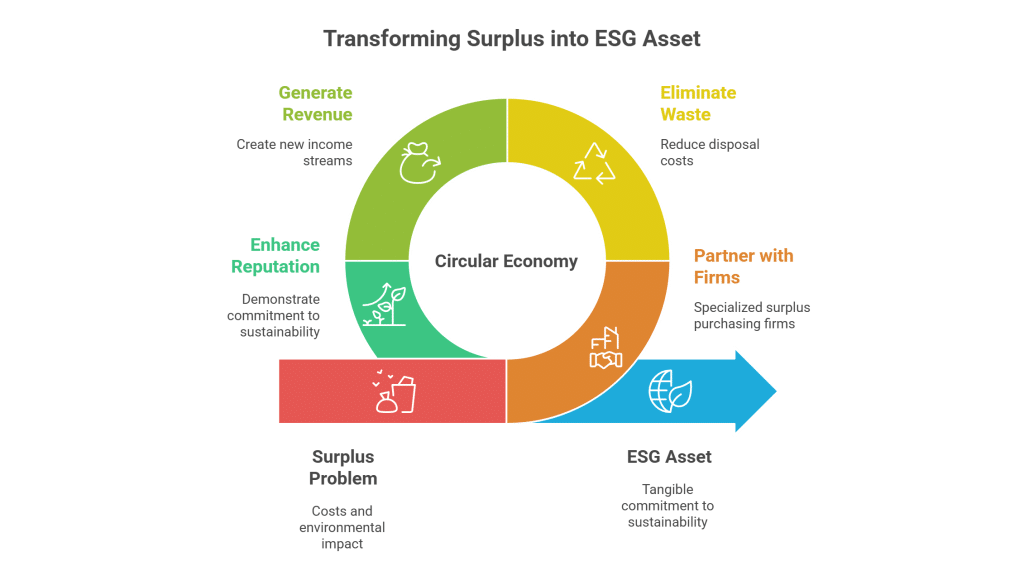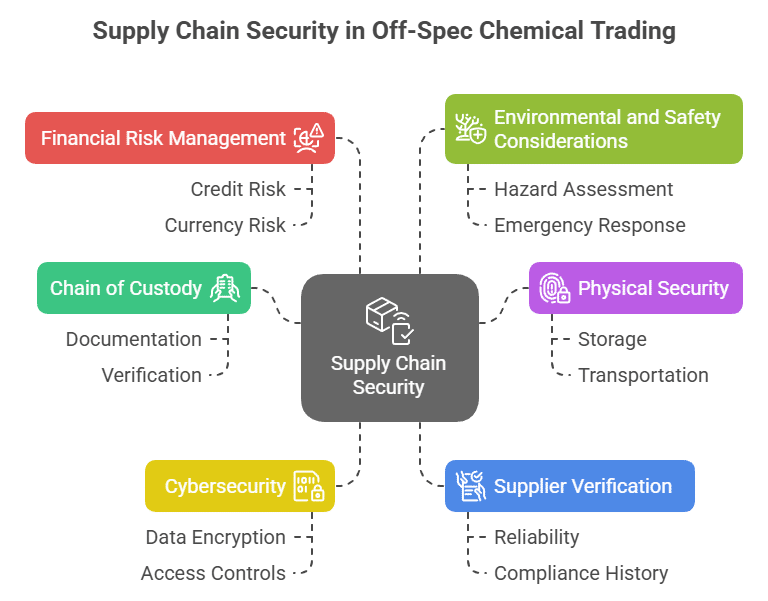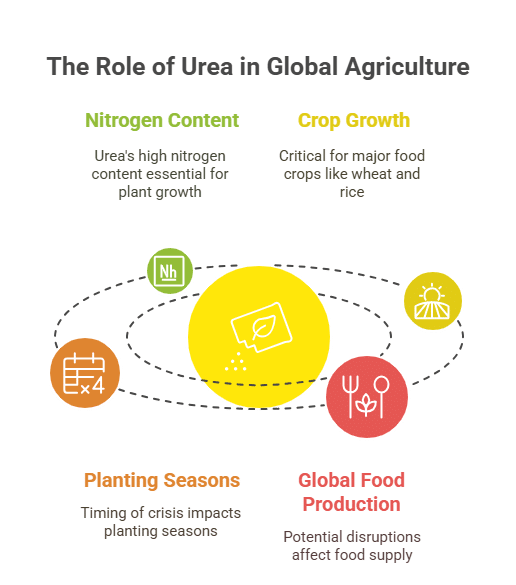Harnessing Surplus Trehalose for Food and Cosmetics Innovation
Trehalose is a natural sugar known for its exceptional moisture-retention and stabilizing properties. Frequently used in the formulation of food products and cosmetics, Trehalose plays a critical role in maintaining texture, freshness, and skin hydration. As surplus inventory, it represents a hidden opportunity for companies to manage excess production while avoiding costly storage and disposal challenges.
Surplus Trehalose for Food & Cosmetics: Unlocking Profit and Sustainability
In today’s competitive marketplace, buying and selling surplus chemicals like Trehalose offers a win-win scenario. Companies can transform excess stocks into immediate revenue, free up valuable storage space, and reduce expensive disposal fees. By trading surplus chemicals, organizations not only meet cost-effectiveness and sustainable practices but also promote a circular economy. This strategy minimizes regulatory risks and demonstrates a commitment to environmental responsibility, all while providing reliable access to high-quality ingredients.
Trehalose in Food and Cosmetics: Bridging Innovation and Profit
Buyers gain substantial cost savings by purchasing surplus Trehalose at competitive rates. They benefit from a sustainable sourcing approach that not only supports innovation in product development but also ensures consistent supply. The favorable surplus market conditions enable food and cosmetic manufacturers to optimize formulation quality while reinforcing their commitment to eco-friendly practices.
For sellers, liquidating surplus Trehalose inventory reduces storage overheads and transforms idle stock into immediate revenue. This proactive inventory management approach helps avoid waste disposal costs and regulatory complications. Additionally, converting surplus into profit strengthens a company’s sustainability credentials, enhancing its industry reputation and enabling reinvestment in future growth.
Table of Contents
Success Story: Transforming Surplus Trehalose into Profit and Innovation
A well-known cosmetic manufacturer faced challenges with an excess supply of high-grade Trehalose, which was impacting storage costs and inventory turnover. By leveraging a surplus trading platform, they managed to sell this excess inventory at competitive prices. The proceeds from these transactions were reinvested to develop a breakthrough line of skin hydration products, elevating their market position. This strategic move not only reduced waste and storage expenses but also improved their environmental footprint, thus setting a trend in sustainable processing and efficient resource management in both food and cosmetic sectors.



















